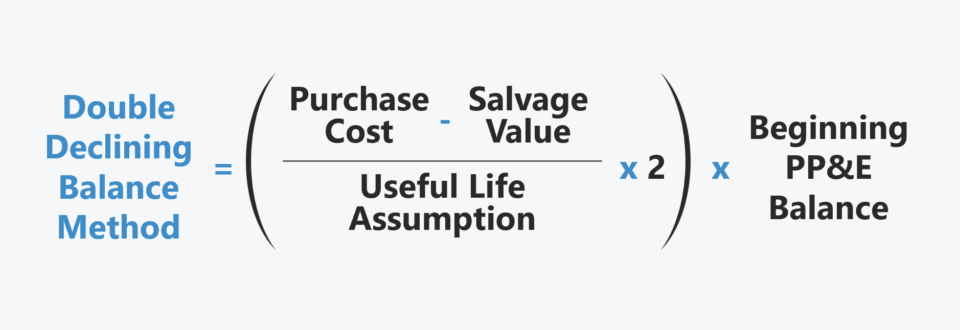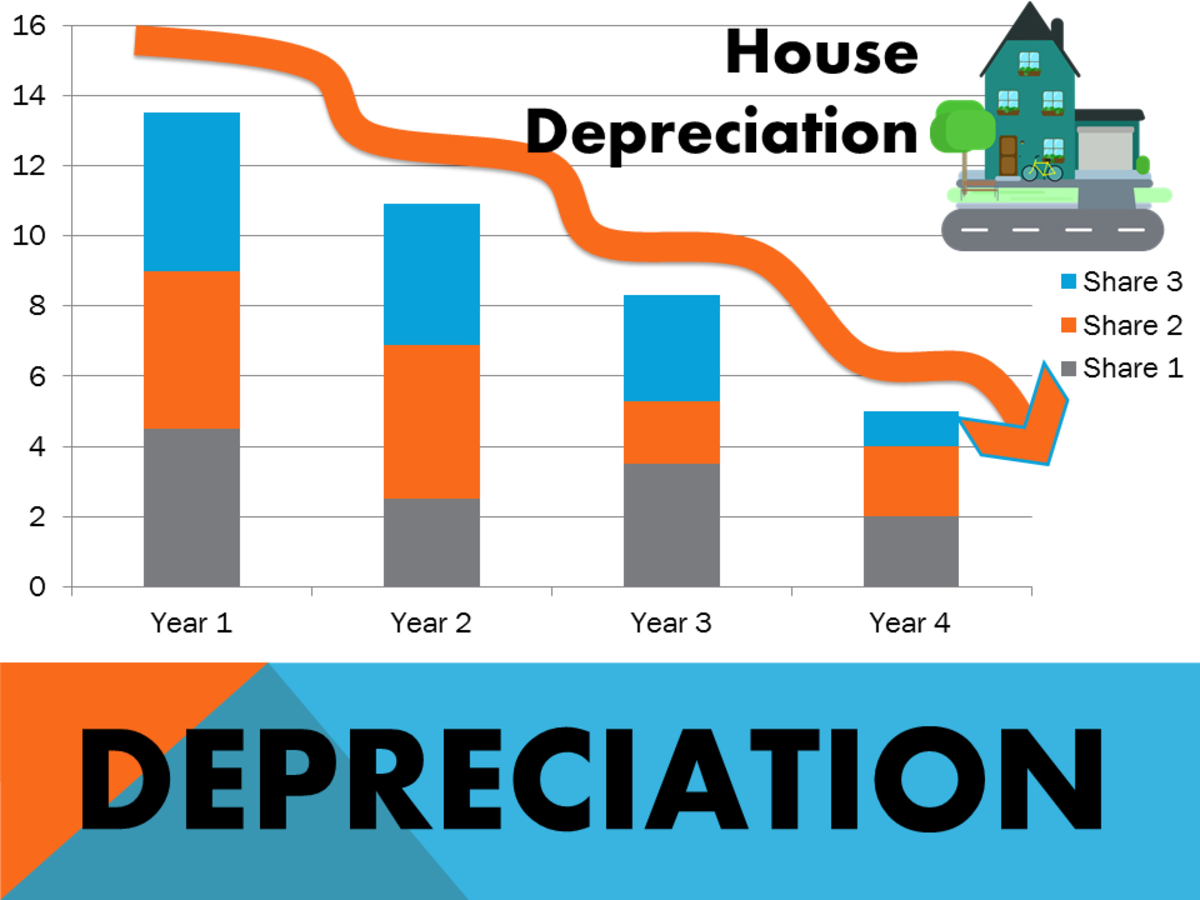
This will also be recorded as accumulated depreciation on the balance sheet. All businesses require some sort of machinery or equipment or any other physical asset that helps them to generate revenue. These physical assets or tangible assets wear out after a point in time.
Accounting for Straight Line Depreciation

The accumulated depreciation, which is a contra asset account, is used to represent the total depreciation expense that the asset has accumulated over its useful life. The straight-line method of depreciation affects financial statements by spreading the cost of an asset evenly over its useful life. On the income statement, it results in a consistent annual depreciation expense, reducing net income by the same amount each year.
Straight-line Method of Depreciation
When applying the straight-line depreciation method, it is crucial to take into account several challenges and considerations to ensure accurate and meaningful results. The straight-line depreciation method differs from other methods because it assumes an asset will lose the same amount of value each year. If you need more practice on this and other topics from your accounting course, visit Dummies.com to purchase Accounting For Dummies! Featuring the latest information on accounting methods and standards, the information in Accounting For Dummies is valuable for anyone studying or working in the fields of accounting or finance.
Ask Any Financial Question
- After building your fence, you can expect it to depreciate by $1,467 each year.
- These physical assets or tangible assets wear out after a point in time.
- This straightforward approach allows organizations to predict and manage their expenses more efficiently, ensuring a consistent representation of asset values on their financial statements.
- This means $4,500 will be recorded as depreciation expense each year.
- Knowing the right forms and documents to claim each credit and deduction is daunting.
This makes them suitable for straight line depreciation by allocating the initial cost evenly over their estimated useful life. If your company uses a piece of equipment, you should see more depreciation when you use the machinery to produce more units of a commodity. If production declines, this method lowers the depreciation expenses from one year to the next.
And we’d show their balance, and then we might get to our fixed assets and we’d say something like a truck and we would show $42,000, right? I’m balancing between staying out of the way since I can’t get out of the way for some reason right what are the tax benefits of homeownership now. So we would show the net book value just alongside all of our assets there. We’re leaving the truck, the value of the truck that we paid for at its historical cost but then we lower it with this accumulated depreciation over its life.
You can connect with a licensed CPA or EA who can file your business tax returns. Set your business up for success with our free small business tax calculator. Here’s how to calculate gross, operating, and net profit margins and what they can tell you about your business.
Understanding the straight-line depreciation method is essential for businesses to manage their balance depreciation method and financial reporting effectively. On the balance sheet, depreciation affects both the assets and the accumulated depreciation accounts. When a company purchases a capital asset, it is recorded at its original cost in the fixed assets section.
It is a systematic approach to account for the reduction in the value of an asset over time. This technique represents a crucial component in maintaining the accuracy of a company’s financial statements. So let’s start our discussion of depreciation methods with the most common one, the straight line method. Before we dive into the different methods, the first thing I want to do is talk about depreciation on a high level, relating to all the different methods. Remember that what depreciation does is break up the cost of some high value items, a fixed asset that we’re going to use for multiple years. We’re going to break up that cost that we spent upfront over the useful life of the asset.
In this method, companies can expense an equal value of loss over each accounting period. The assumption made by accountants is that the asset loses the same value over each period. Yes, straight line depreciation can be used for tax purposes on real estate properties. In the United States, residential rental properties are depreciated using the straight line method over a period of 27.5 years, while commercial properties utilize a 39-year period. Let’s illustrate the straight-line depreciation calculation with an example. Suppose a company acquires a machine for their production line at a cost of $100,000.

Recent Comments